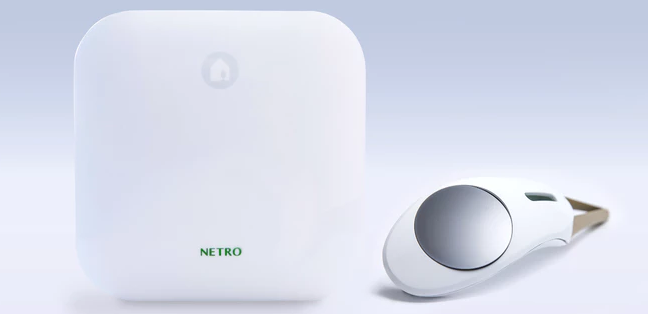Many homeowners rely on lawn sprinkler systems to water their gardens and lawns. However, traditional lawn sprinkler systems tend to waste a lot of water and don’t always do a great job supplying water exactly where it’s needed.
Netro is a watering system designed for easy use in residential irrigation and is made up of the Sprite cloud-based watering controller and Whisperer, a solar-powered plant sensor. It works in conjunction with an app for Android and iOS mobile devices. Netro helps to reduce unnecessary water usage and keeps gardens healthy.
